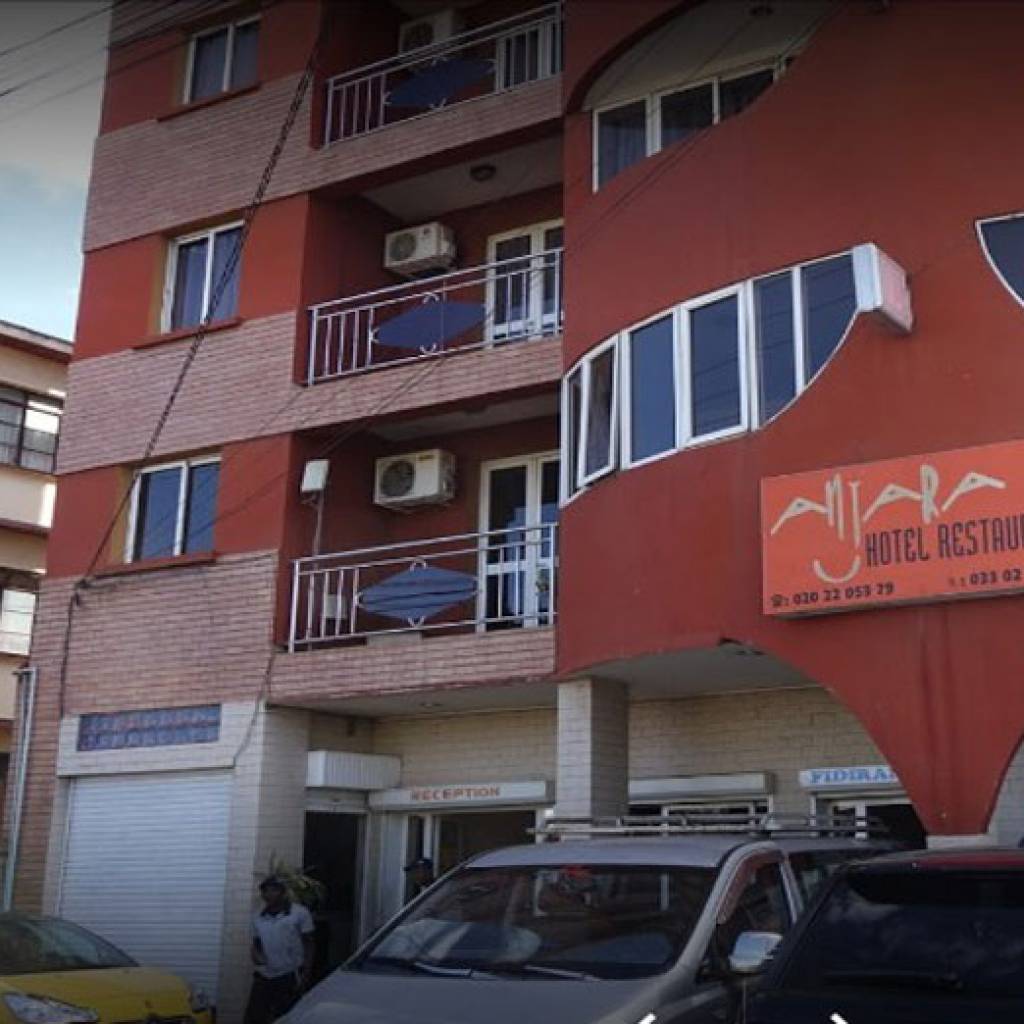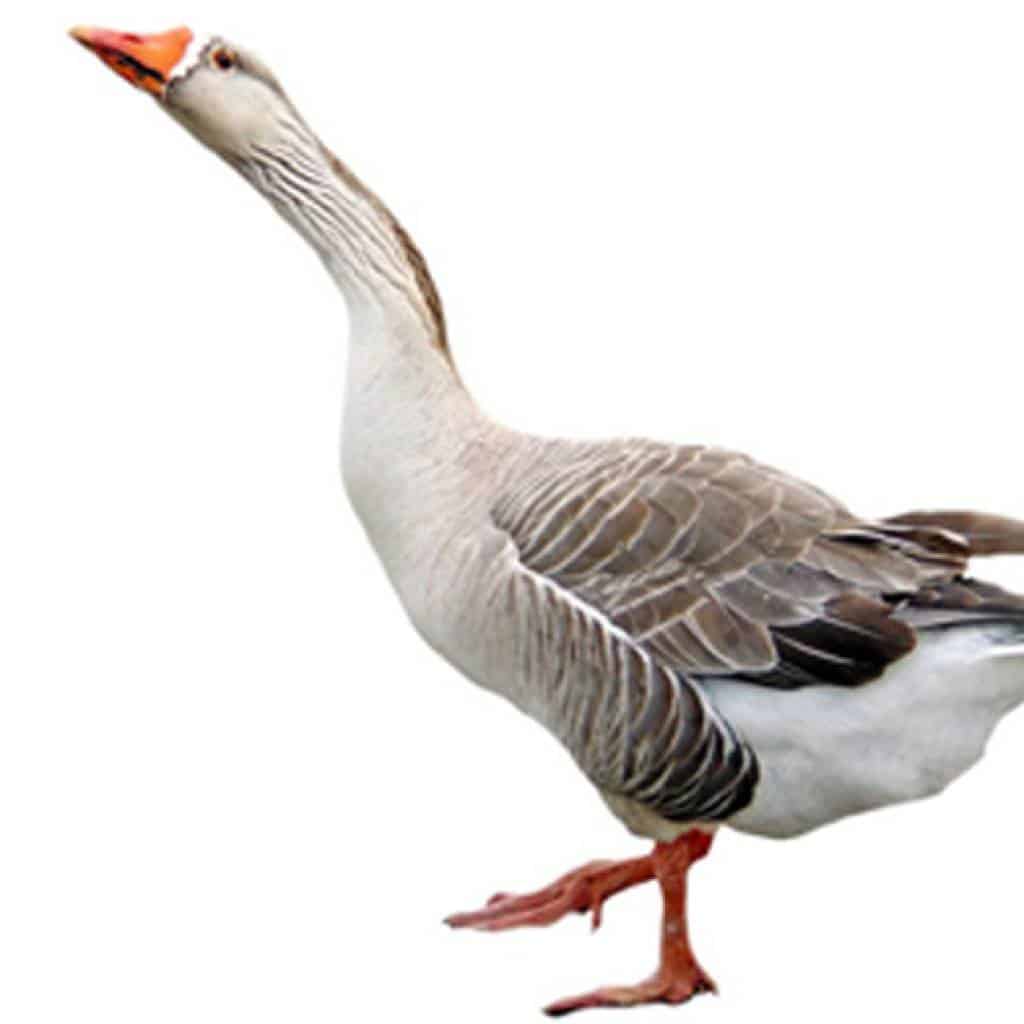Nicknamed the red island to the color of his land, Madagascar has always attracted lovers of Africa and adventures. Rich extreme diversity of landscapes and people, this island, separated from Africa by the Indian Ocean, stretches 1 580 km from north to south and is traversed by a mountain.
This variety of reliefs and thus climate has caused endemic fauna and flora of the island. To visit the island, a trip is not enough and difficult traffic generates long journey times. The various attractions of the island are therefore quite remote but every part of the island has its natural and cultural riches, not to mention the warm welcome of the population represents a real asset to the destination. Few tourists will not find happiness on the island, but it is the nature lover and adventure that will see it as their paradise.
lazy lovers longer will direct the North, on the island of Nosy Be or east on the island of Sainte Marie, known for their high-end resorts and beautiful beaches.




